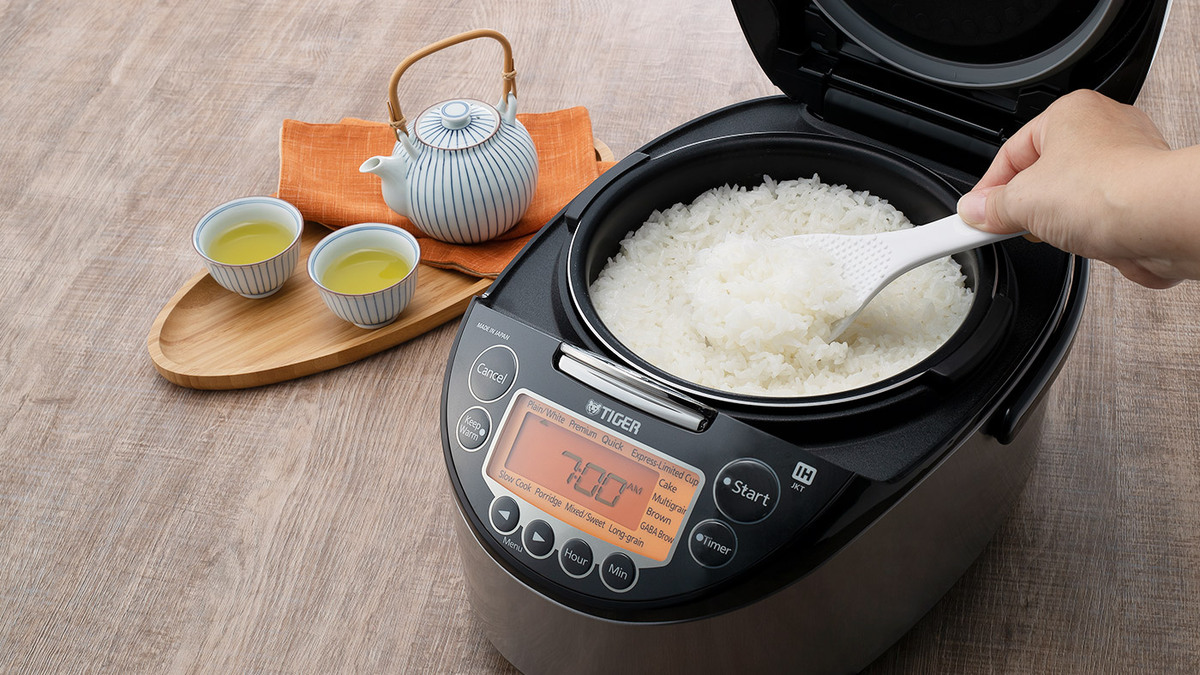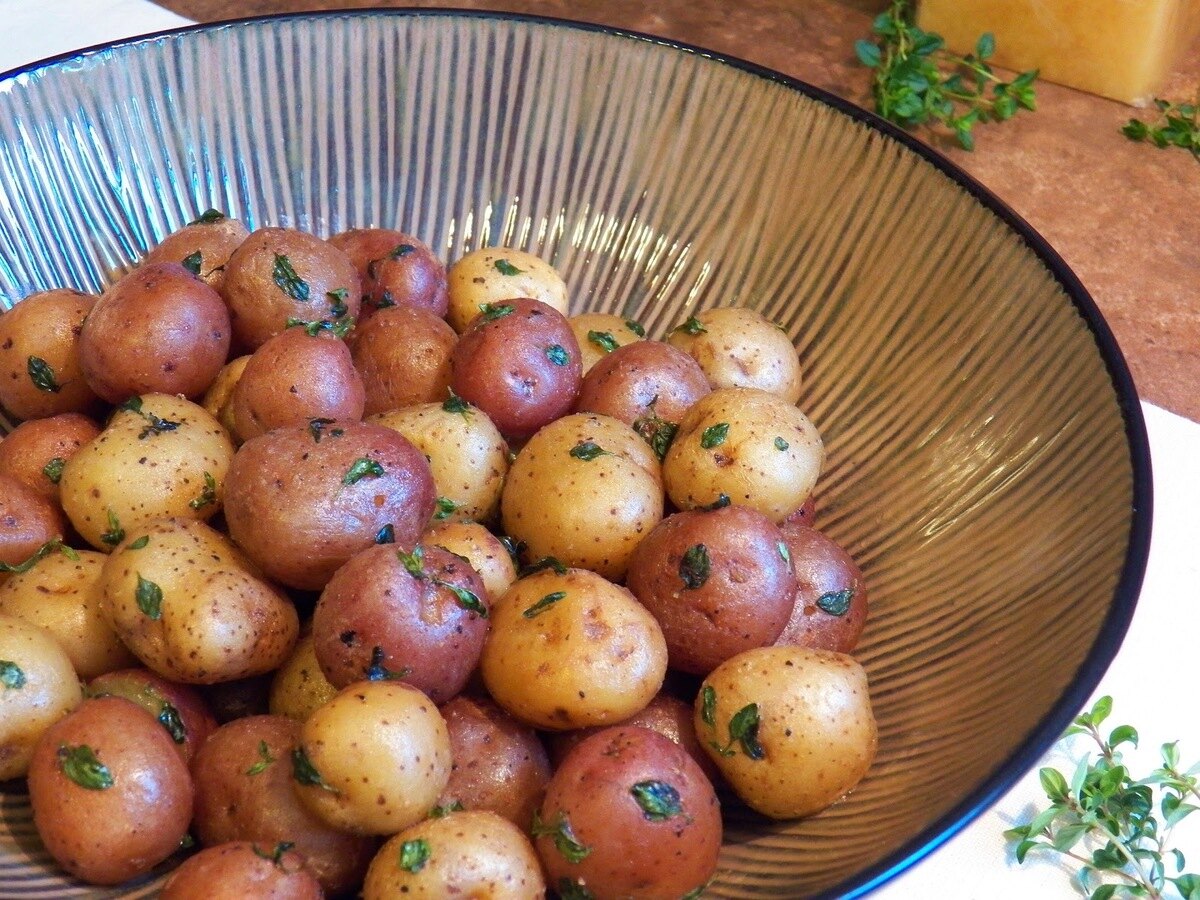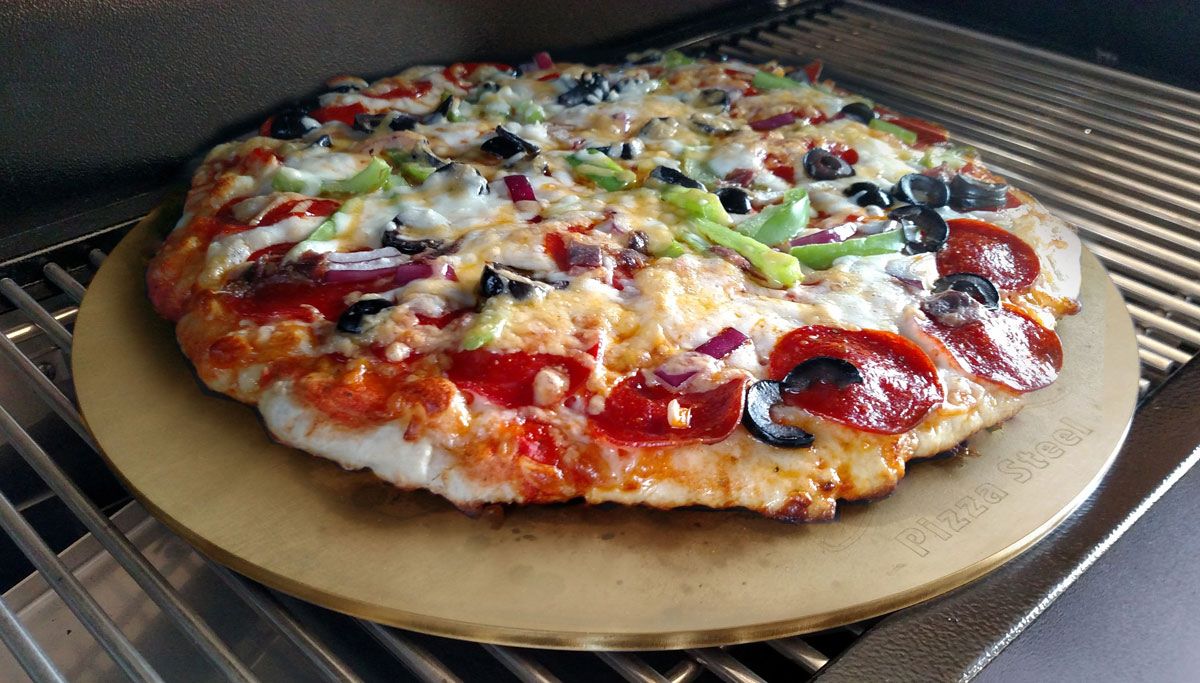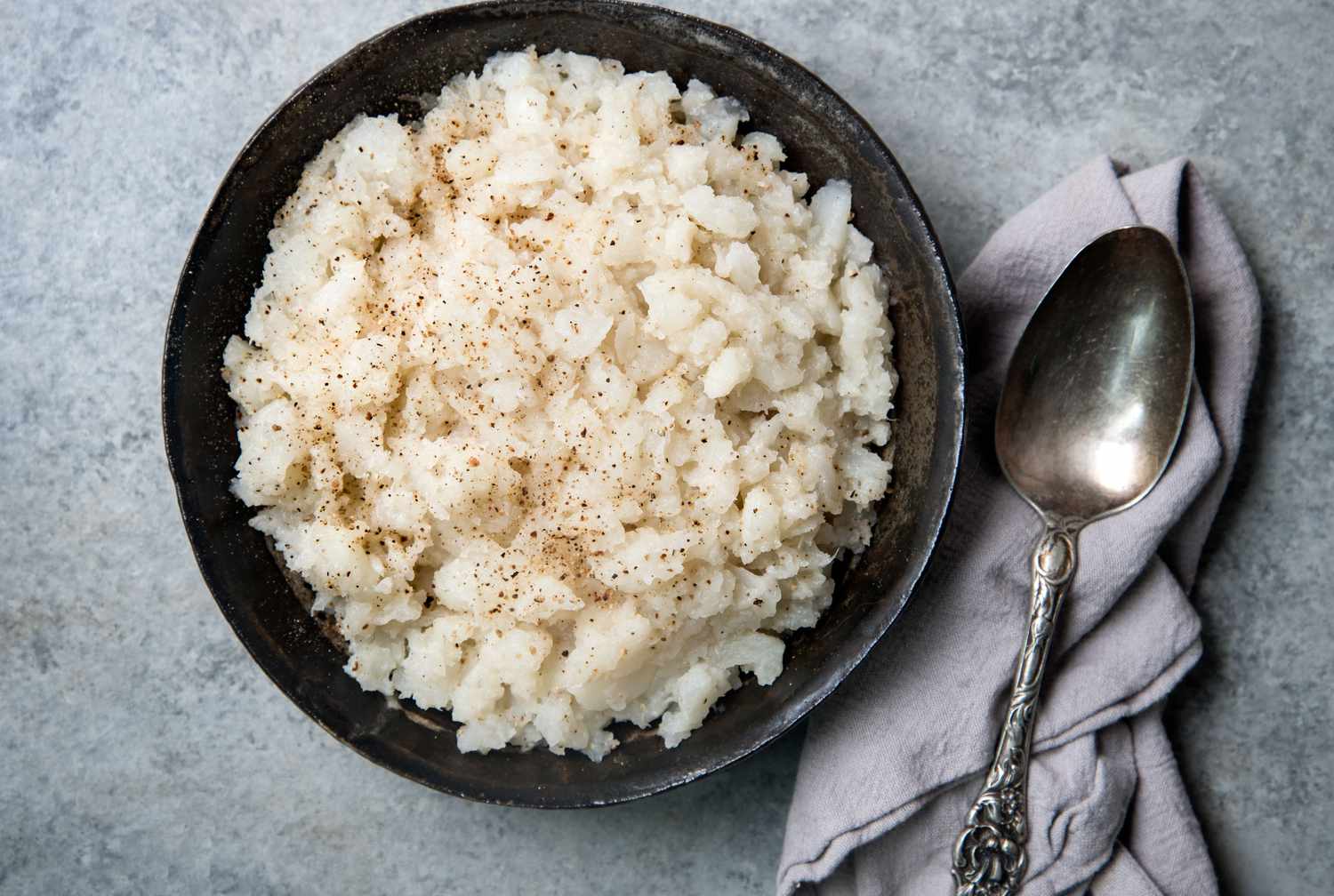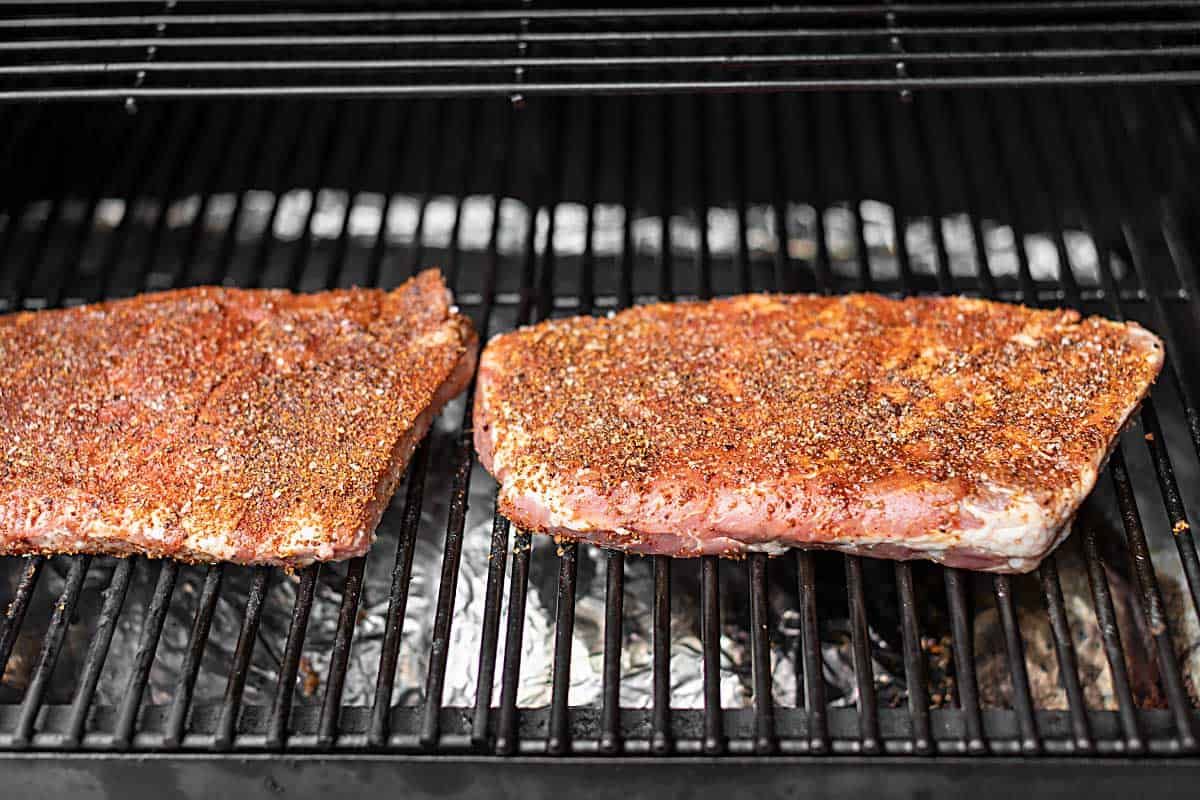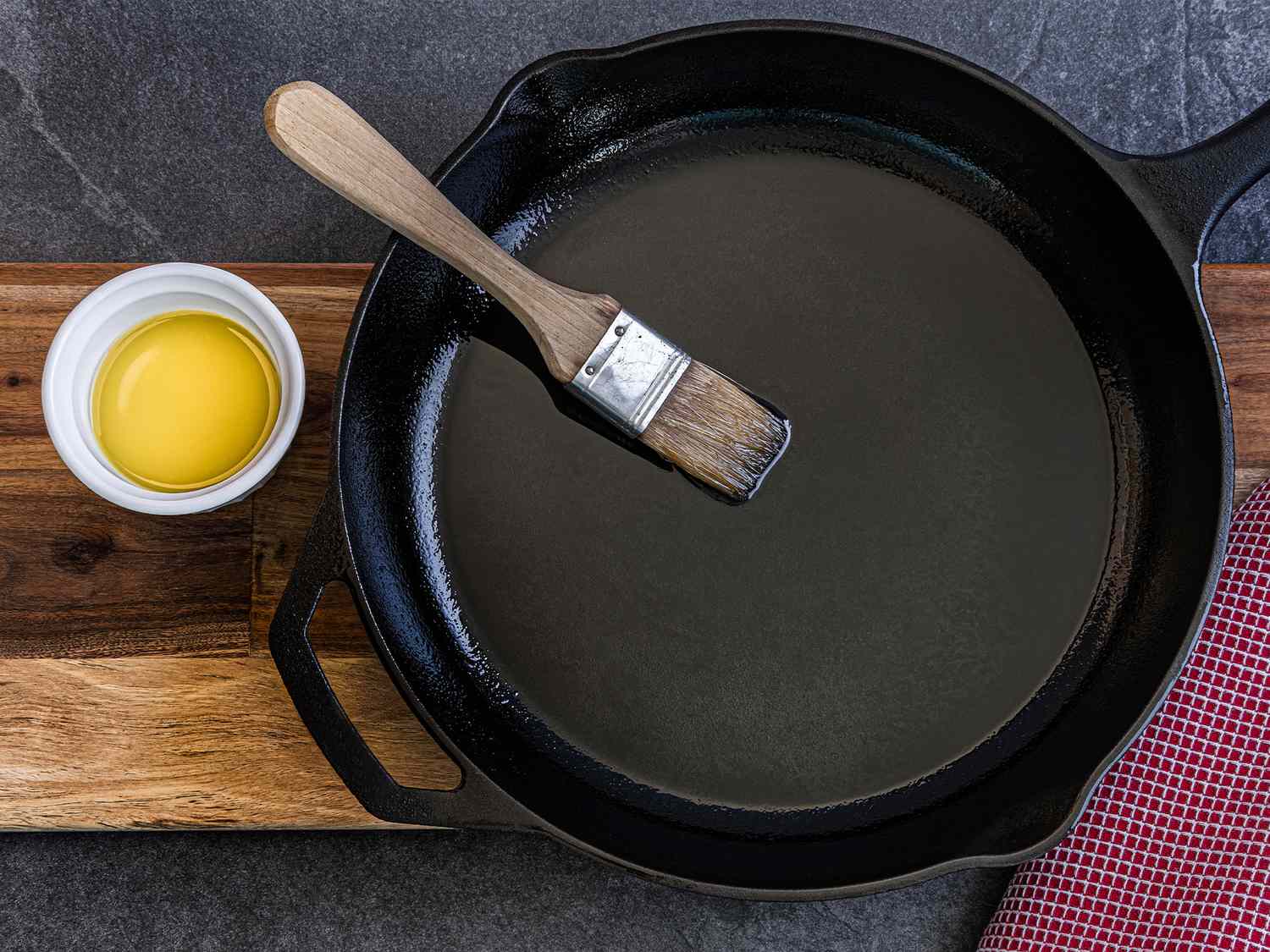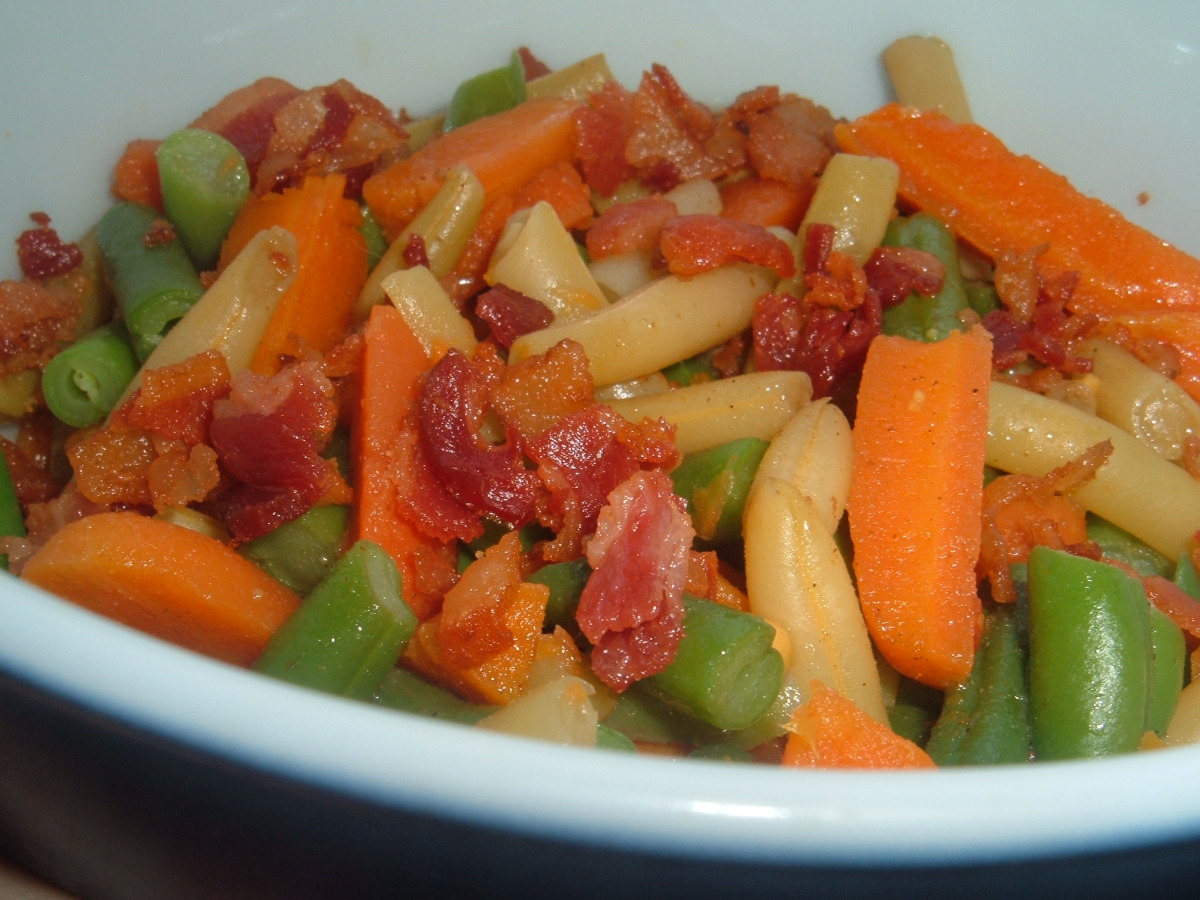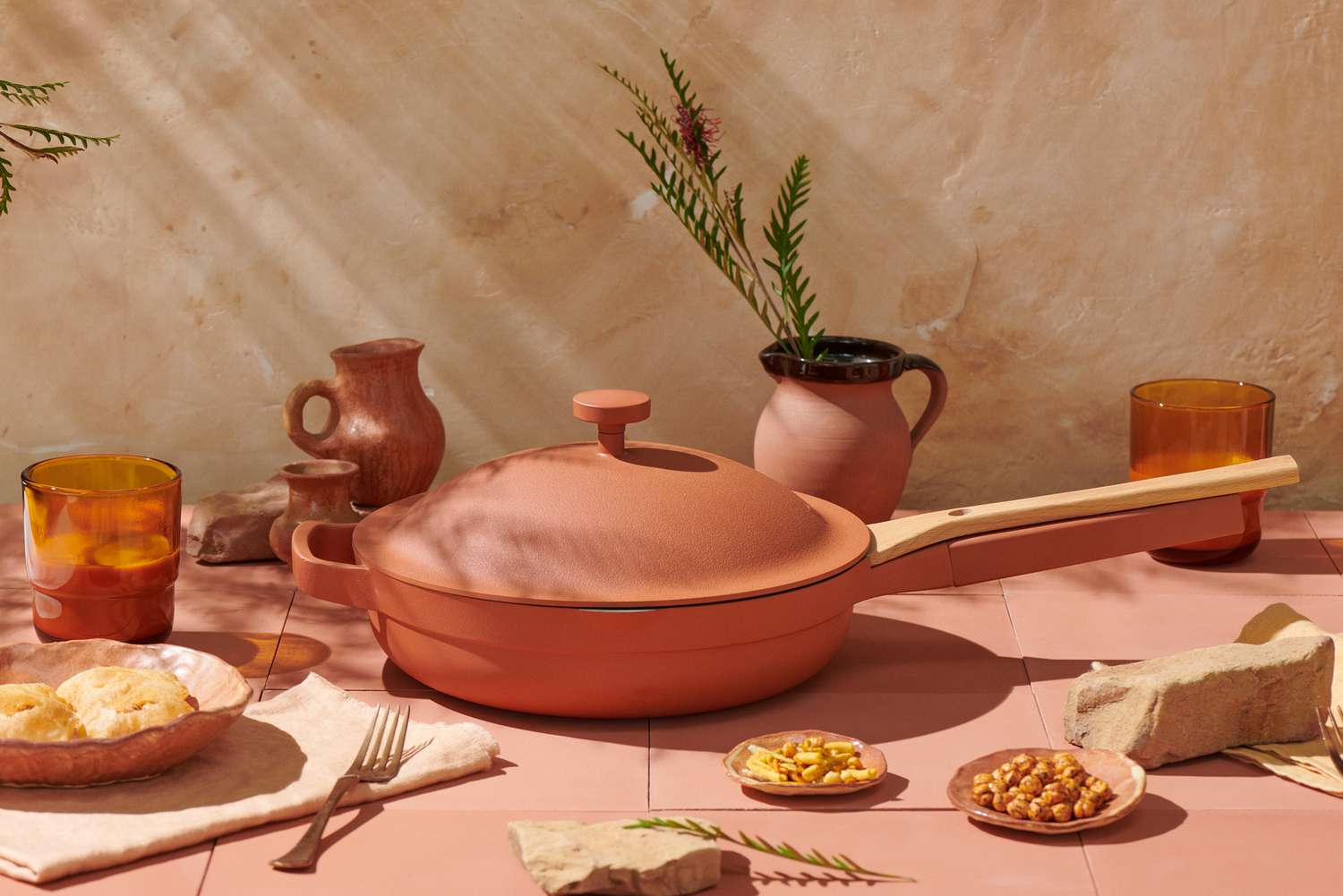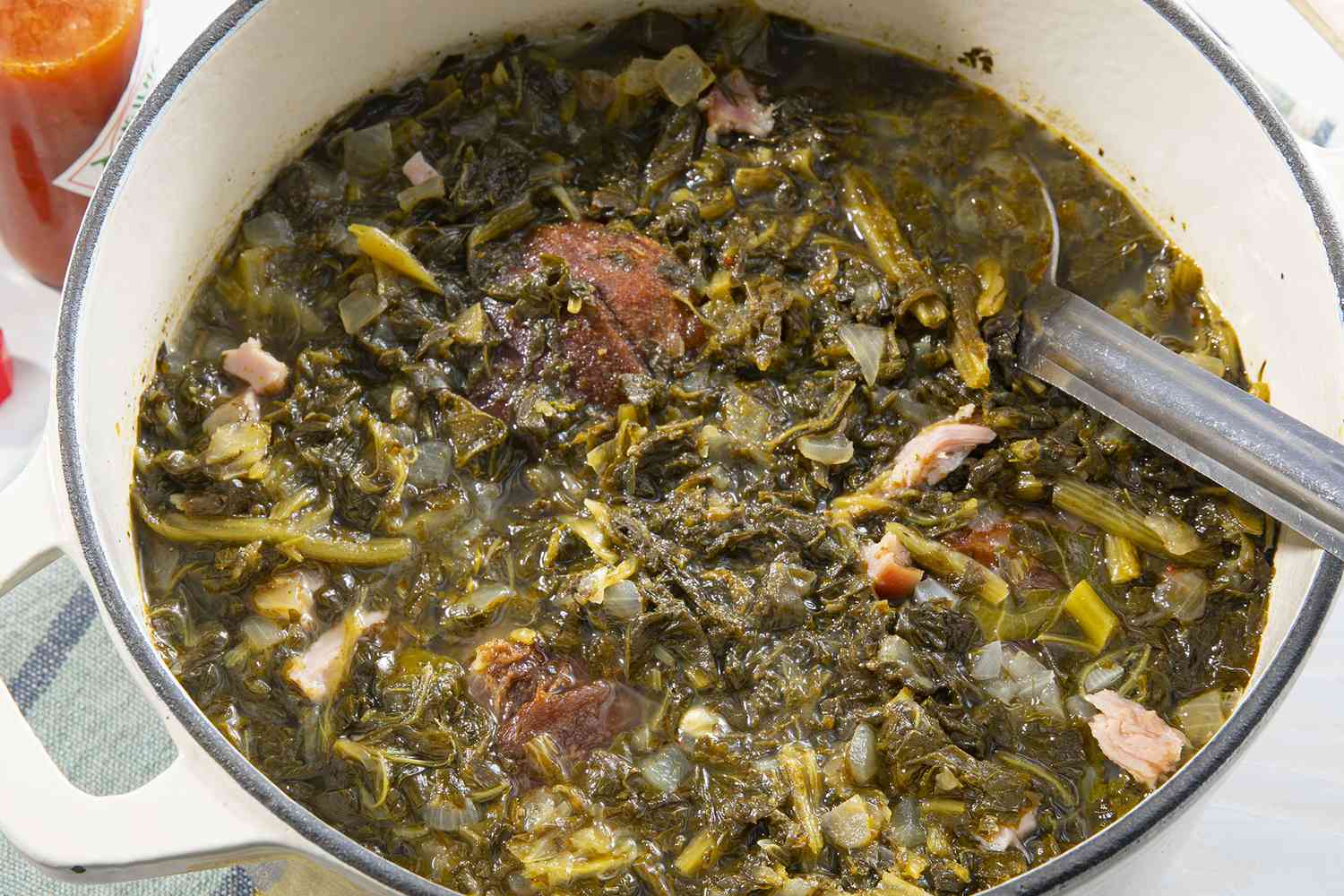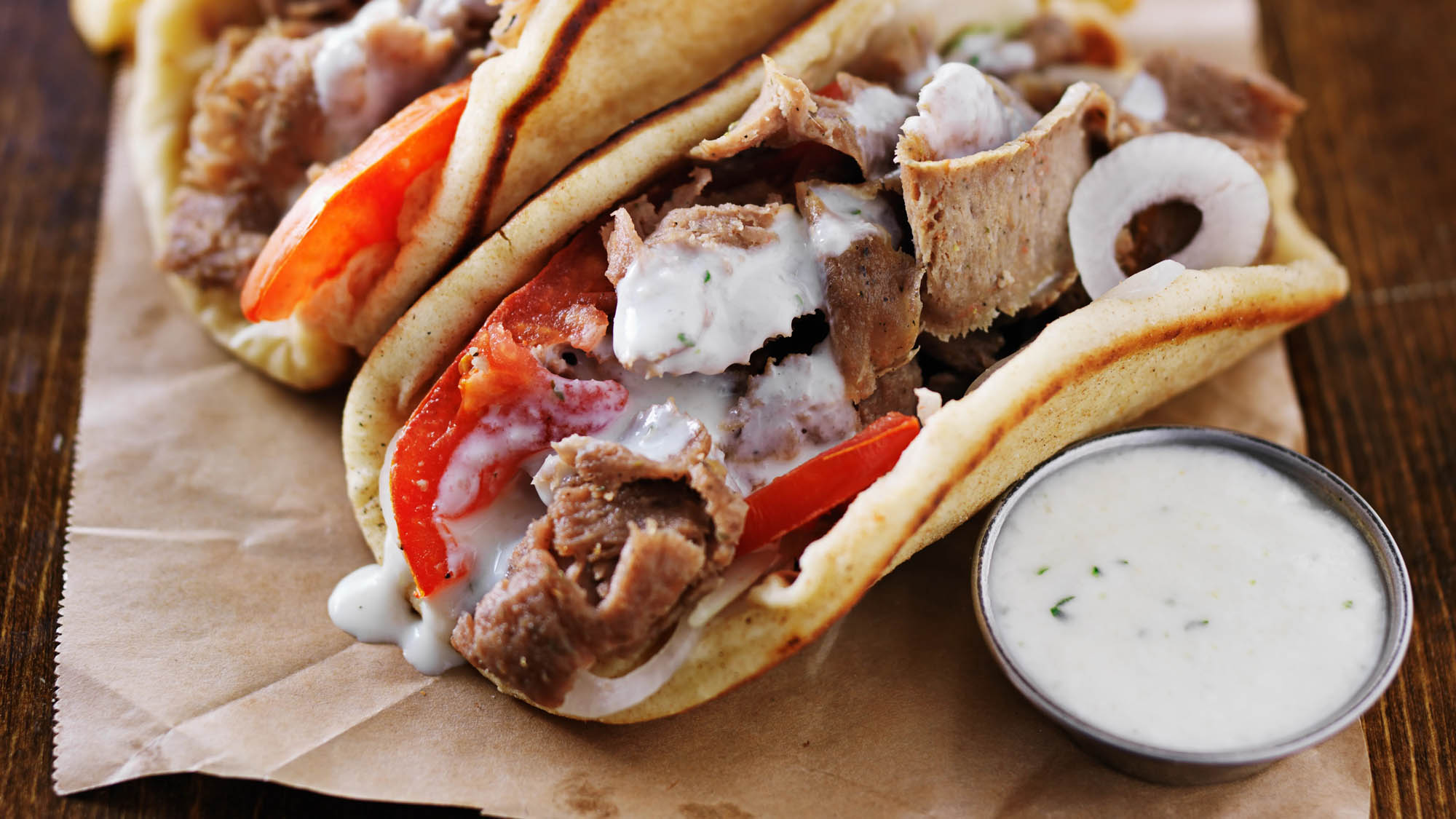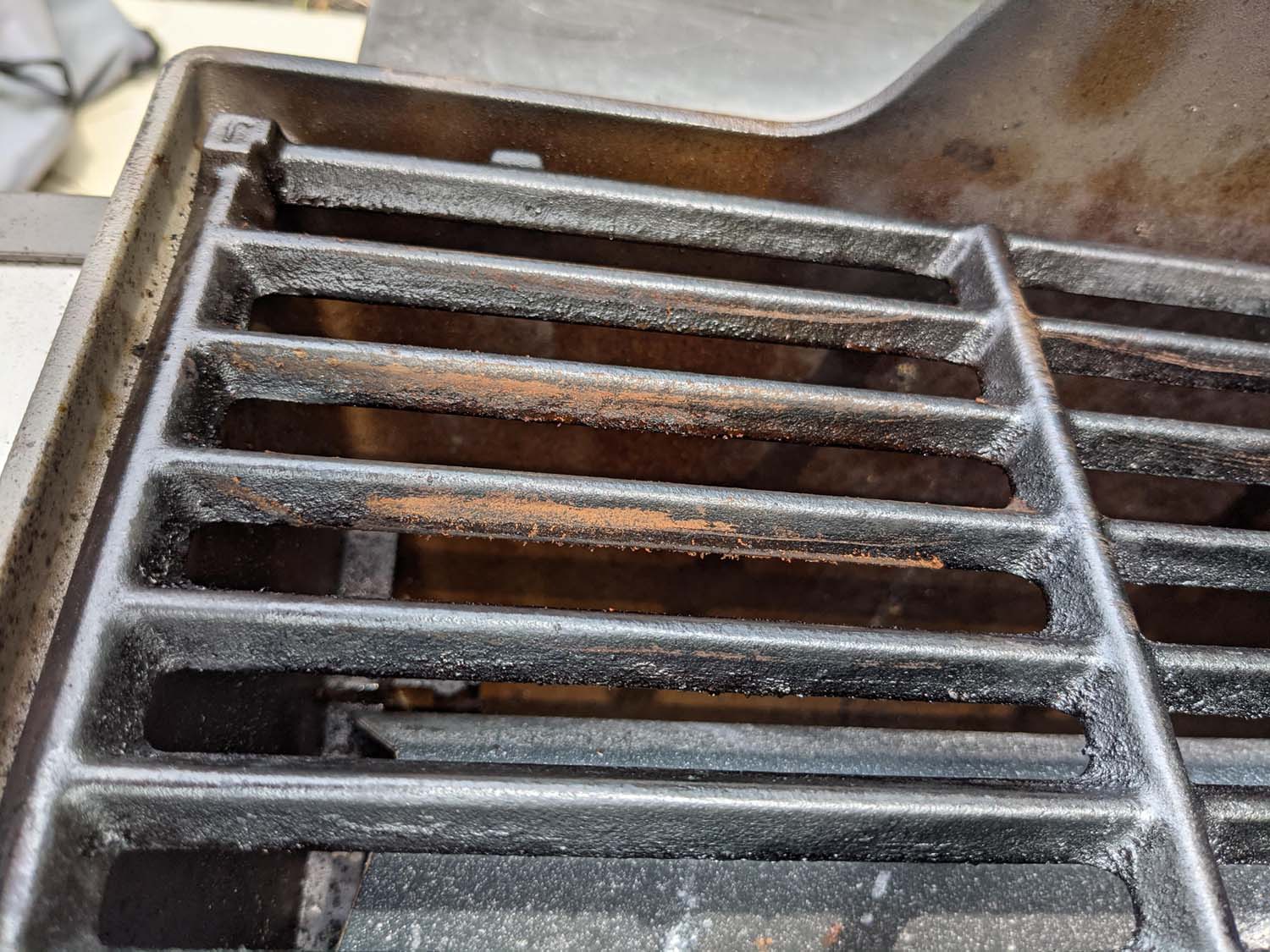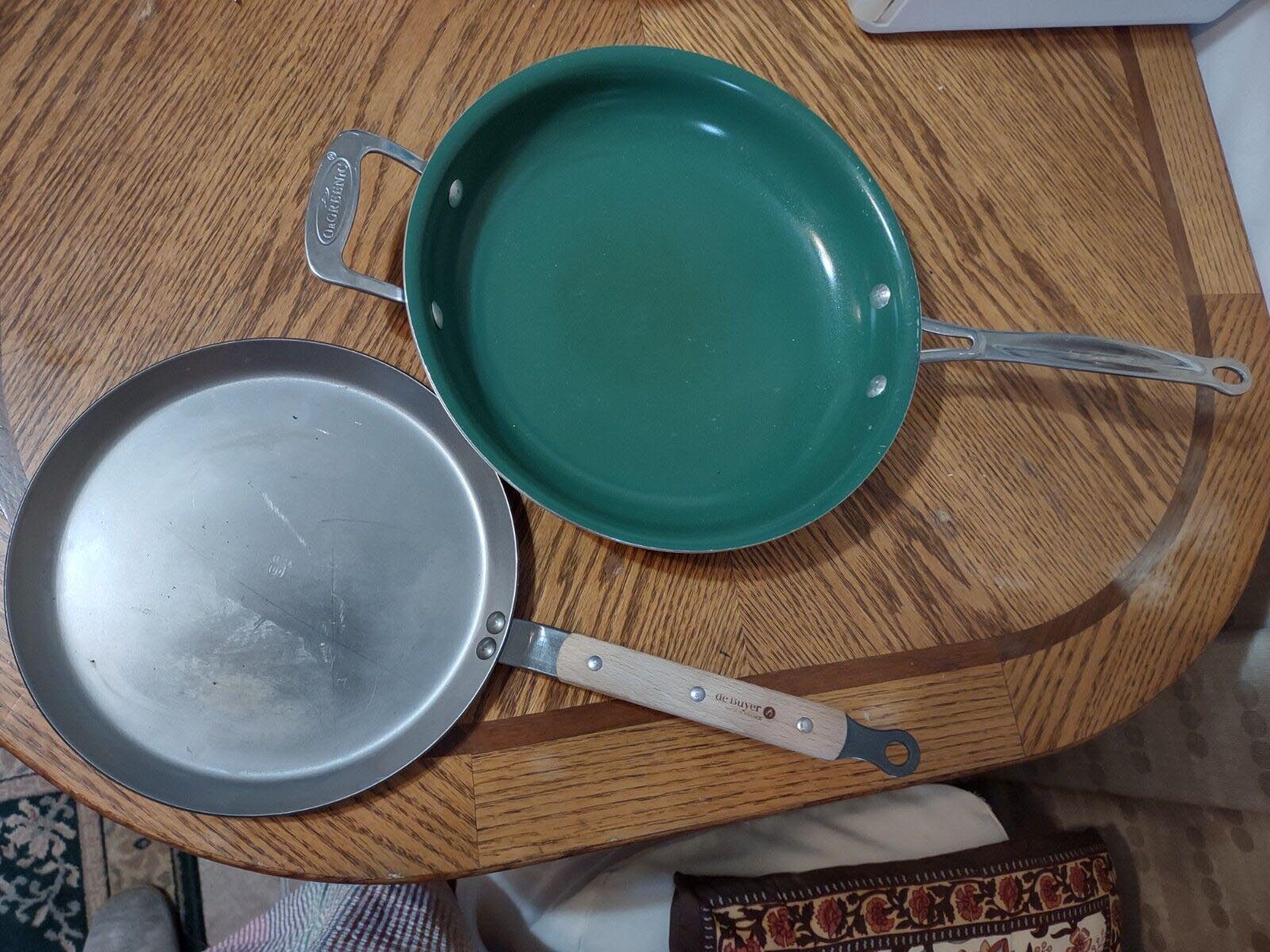How to Restore Rusty and Damaged Cast Iron Skillets and Cookware
Cast iron skillets and cookware are prized for their durability and heat retention properties. However, over time, these beloved kitchen essentials can become rusty and damaged, making them less effective for cooking. But fear not! With the right techniques and a little bit of elbow grease, you can restore your rusty and damaged cast iron skillets and cookware back to their former glory. Here’s how:
1. Assess the Damage
Before you begin the restoration process, it’s important to assess the extent of the damage. Take a close look at your cast iron skillet and identify any areas of rust, flaking seasoning, or other signs of wear and tear. This will help you determine the most appropriate course of action for restoration.
2. Remove Rust and Seasoning
To remove rust from your cast iron skillet, you can use a combination of gentle scrubbing and chemical treatments. Start by scrubbing away loose rust particles using a stiff brush or steel wool. For stubborn rust, create a paste by mixing equal parts baking soda and water, and gently rub it onto the affected areas. Another option is to soak the skillet in a vinegar solution overnight, which can help dissolve the rust. After removing the rust, you’ll need to strip away the old seasoning. This can be done by running the skillet through a self-cleaning oven cycle or by using oven cleaner. Make sure to follow the manufacturer’s instructions and take necessary safety precautions when using oven cleaner.
3. Scrub and Rinse
Once the rust and old seasoning have been removed, it’s time to give your cast iron skillet a thorough scrubbing. Use warm water and a mild dish soap to clean away any remaining debris. Avoid using harsh scrub brushes or abrasive cleaners, as they can damage the surface of the skillet. After scrubbing, rinse the skillet thoroughly to ensure all soap residue is removed.
4. Dry and Oil
Drying your cast iron skillet properly is crucial to prevent further rusting. After rinsing, use a clean towel or paper towel to pat the skillet dry. Then, place it on the stove over low heat to evaporate any remaining moisture. Once the skillet is completely dry, it’s time to season it. Seasoning your cast iron skillet involves applying a thin layer of oil to its surface and heating it to create a protective coating. You can use vegetable oil, canola oil, or flaxseed oil for this purpose. Apply a small amount of oil to a paper towel and rub it all over the skillet, including the handles and the bottom. Place the skillet upside down in a preheated oven at 375°F (190°C) for about an hour. Let it cool completely before removing it from the oven.
5. Maintain and Care for Your Restored Cast Iron Skillets and Cookware
Now that your cast iron skillet has been restored, proper maintenance is key to keeping it in optimal condition. After each use, rinse the skillet with warm water and use a brush or a gentle sponge to remove any food residue. Avoid using soap, as it can strip away the seasoning. Instead, use a nylon brush or chainmail scrubber to gently scrub away any stubborn bits. Once clean, dry the skillet thoroughly and use a light coating of oil to keep it seasoned and protected.
In Conclusion
Restoring rusty and damaged cast iron skillets and cookware may take some time and effort, but the end result is well worth it. By following these steps and properly caring for your restored cast iron, you can enjoy the benefits of these versatile kitchen tools for years to come. Get started on your restoration journey and bring new life to your cast iron skillets and cookware today!
Was this page helpful?
Read Next: How To Buy, Season, And Care For A Wok
